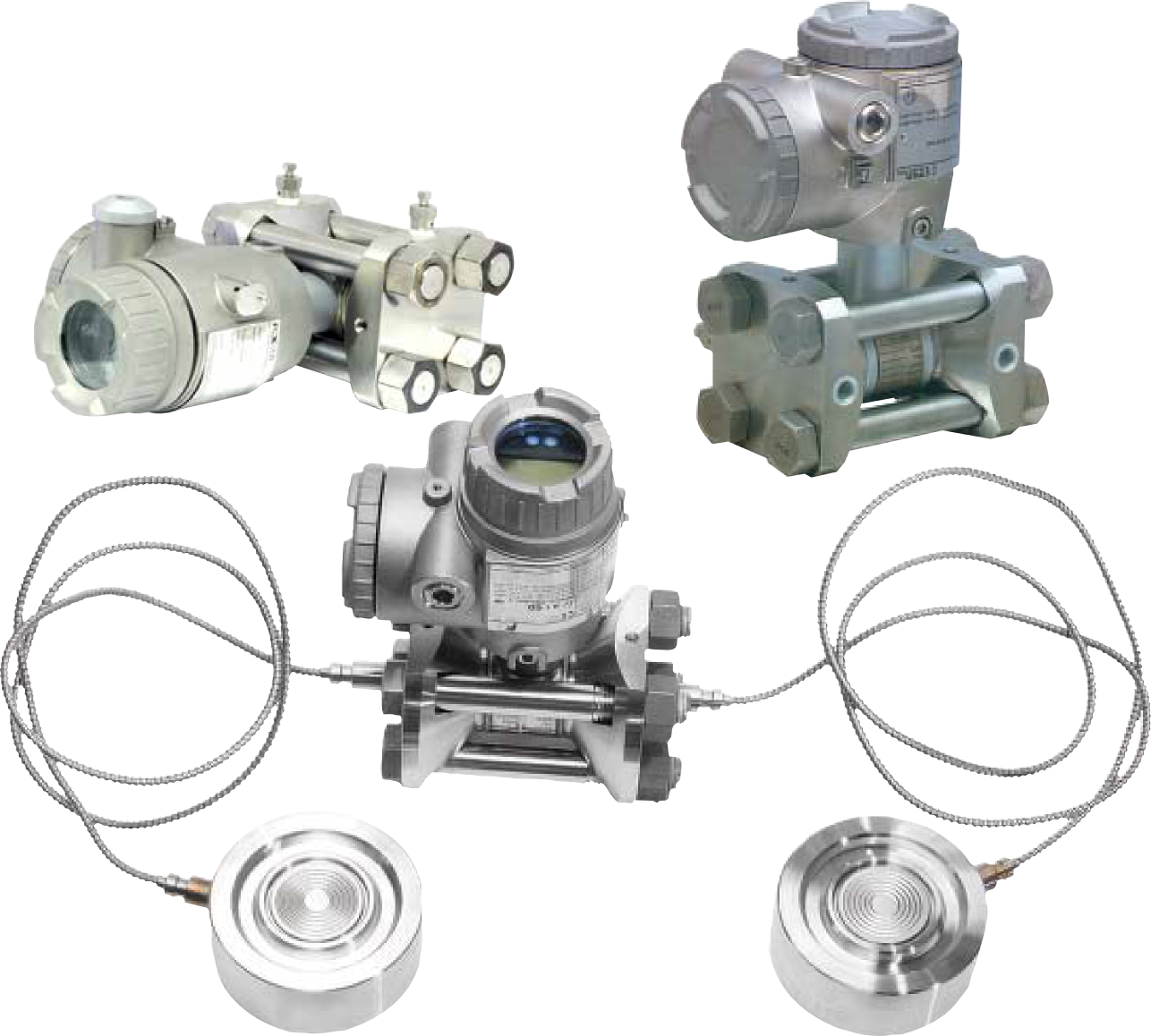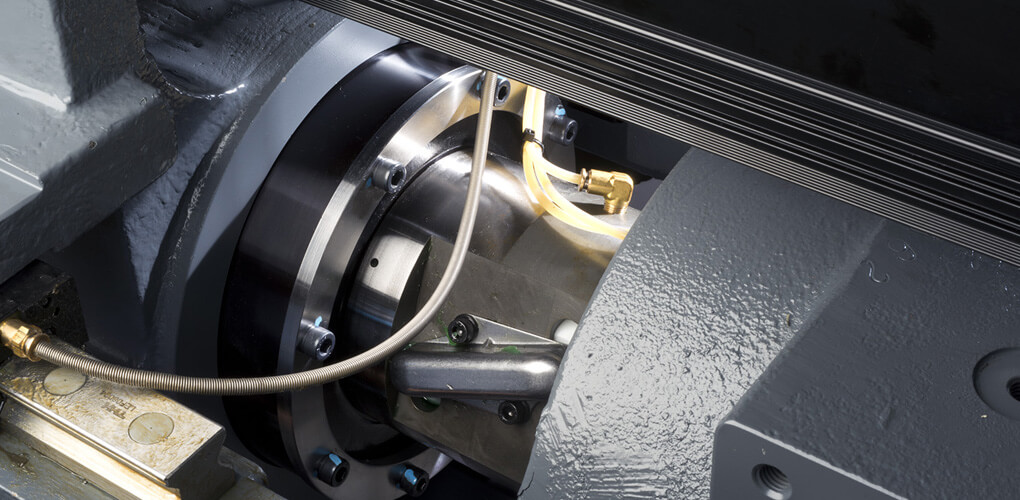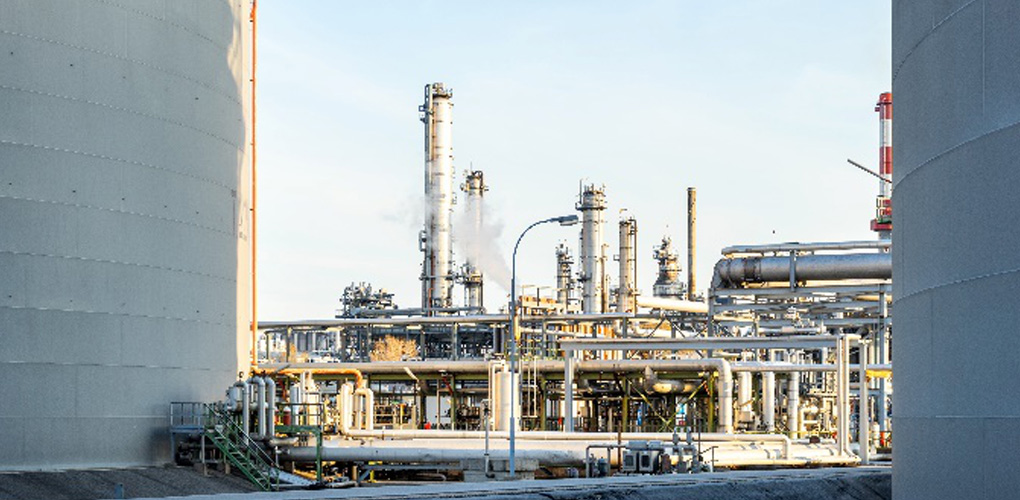How Differential Pressure Transmitter Measure Level?
Measuring Levels With Differential Pressure Transmitter
Several methods are used in measuring and monitoring the level of the fluid, but for a closed vessel differential pressure transmitter is a tested method.
All it requires is the use of two pressure measurement values and a bit of mathematics. There you go! Your differential pressure transmitter is read to measure loads of values. This includes Pressure difference, level, flow rate, interface, and even the density of a particular liquid. The instrument is the right hand of the industrial engineers. Therefore, process engineers in the industrial sector are very well aware of its mechanism.
You May Also Read: Determining the Best Water Tank Pressure Transducer for Tank Level Applications
Furthermore, they trust the working principle of this instrument. This is because it is a tested method for measuring and controlling industrial processes. Hence, with such immense importance and versatility in its uses, the instrument is the backbone of the industries. Its value is significant from the variety of outputs it offers. So, from here we are going to see how differential pressure transmitter works in measuring the level.

Purpose of differential pressure transmitter
Basically, the differential pressure transmitter measures the pressure difference in the pipes. It works in the principle of measuring the difference in fluid before and after the interruption. Hence, the standard instrument of differential transmitters uses two connection points.
The connections, thus, connects to the source side by side. The two sides are the higher position and the lower position. This helps in measuring the pressure difference. The traditional differential transmitter is also capable of measuring the flow rates of the fluid. Consequently, with its rising applications, soon people realize that it also helps in measuring the liquid level.
Differential pressure transmitter measures the level
How it works
A differential pressure transmitter comprises a diaphragm that is dual-sided. The dual side helps in measuring the pressure difference from two-level. One is to measure the highest level and others to measure the lowest level.
Thus. the diaphragm senses the pressure difference of the entire vessel using the diaphragm. Furthermore, the diaphragm on both sides pushes the pressure of the vessel relative to each other. Hence, the resultant figure that appears is the final pressure difference of the vessel.
Therefore, the sensitivity of the differential transmitter worth a value. It is because a traditional pressure differential transmitter helps in a wide variety of applications. It is compatible to measure the pressure difference of even a few millibars. This accurate and precise measuring of the pressure transmitter helps in maintaining the accurate industrial process.
Making Connections:
There are generally two ways for establishing the connection diaphragm in a differential meter transmitter. These are the impulse line and the capillary line of the vessel. The former lines as impulse lines are the stronger lines.
They allow the fluid to move freely in the measuring process by directly making the contact with the diaphragm. Hence in this process, the impulse lines become part of the process itself. However, on the other side, are the capillary lines. Capillary lines use a flange attached to the metal diaphragm in the vessel.
It thus separates a sensor from the whole process. Capillary lines are fragile and flexible lines that are coated with oil. Therefore, a remote seal is used to separate the sensitive transmitter from the whole process.
It makes the transmitter protect from the potential danger of the whole process. The dangers are high temperature and hard caustic materials.
Measuring Pressure:
The arrangement of both lines helps in measuring the pressure. The pressure measurement at the bottom measures the total pressure of the tank or the vessel.
Whilst, the pressure measurement at the top measures the static pressure at the top of the vessel. The process in the end hence eliminates the static pressure from the overall pressure measurement. This thus allows the reader to infer the pressure of the fluid inside the vessel.
Factors to keep in mind while measuring differential pressure
There are normally three basic factors and elements that you must keep in mind while measuring the differential pressure. They are:
- GEOMETRIC CALCULATION OF THE TANK: This includes the overall measurement and the parts of the vessel. Whether the shape of the vessel is horizontal or vertical. Varying shapes and sizes of the lid and the bottom of the vessel.
- THE DENSITY OF THE SOURCE: Calculating the density of the fluid or the sources that you like to measure is of integral importance. The density of the medium affects the effectiveness and the infer readings of the process.
HYDROSTATIC PRESSURE
Challenges and Hurdles in using differential pressure Transmitter:
The challenges include:
Height and Length of the vessel:
The length affects the measurement of the differential pressure transmitter in the vessel. Generally, it happens that the length of the tube is so long that it creases the distance between H and L. The H stands here as the top of the vessel, whereas the L marks as the bottom of the vessel.
Therefore, the long-distance thus calls for inserting a tube. The tube consequently helps in lowering and minimizing the distance.
Capillary and other pipes in the vessels
The challenges do not just remain with the length of the vessel. However, the pipes and capillaries also affect the effective measurement of the tank.
For an accurate measurement, the length and volume of the pipes and capillaries in the vessel must be so thin. So, it must provide enough volume and space to the medium to transmit measurement without changing its pressure.
Gay-Lussac Law
In chemistry, the internal temperature of the tanks is directly proportional to the internal pressure. This is the Gay-Lussac law of temperature and pressure. If the vessels and their overall length are large, then it doesn’t affect the differential pressure reading. However, for a confined and small vessel, the increase in pressure increases the temperature.
This thus affects the overall differential pressure measurements. The relative change in any values hence magnifies the corresponding value. Consequently, measurement of such vessels and tanks thus are sensitive to temperature change.
If this occurs it could result in multiple fluctuations in the final readings. This eventually will affect the whole process and related operations.
Limitation of the Differential pressure transmitter
Despite the number of advantages, the differential pressure transmitter does have drawbacks in measuring liquid level. The initial drawback of the instrument is to stop the whole process for its installation. Stopping the whole industrial process and its installation gets a costly and time-consuming matter.
This becomes even worse when there are many vessels and each requires the necessary installation. Furthermore, the impulse lines and capillary lines do prone to get affected by external factors. Therefore, if these lines are facing the high traffic of interruption, these may get the issue of breaking and fracturing.
The external temperature of the vessels also affects the pressure measurement. The too high and too low-temperature affect the internal density of the liquid inside the vessel. But the fortunate thing is that these problems are easily manageable.
You May Also Read: How to Select Water Pump Pressure Sensor?
Final Thoughts:
A differential Pressure Transmitter is a versatile instrument. It is in use for a long time. This is because the method is a tested and proven technique. It helps in measuring a variety of measurements using a single product. The measurements include liquid level also.
This method thus is the certified and reliable method for measuring levels in the pressurized vessels. Therefore, to get an accurate measurement of the level, there is a need to use better sensors and electronic devices. The better sensor allows the option of multiple housing positions.
All these things further intensify the importance and reliability of differential pressure transmitters in the future.
For More Information Contact Us Today!













